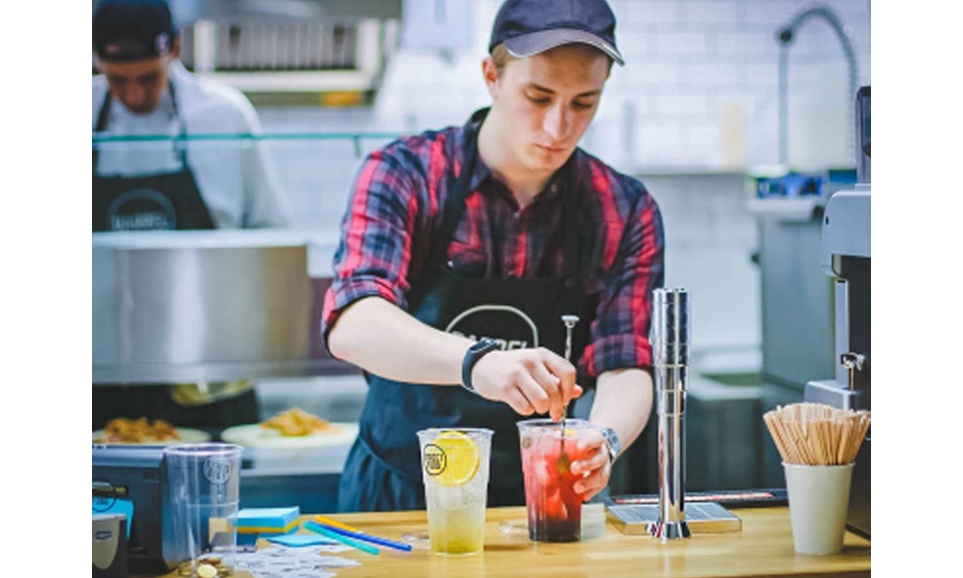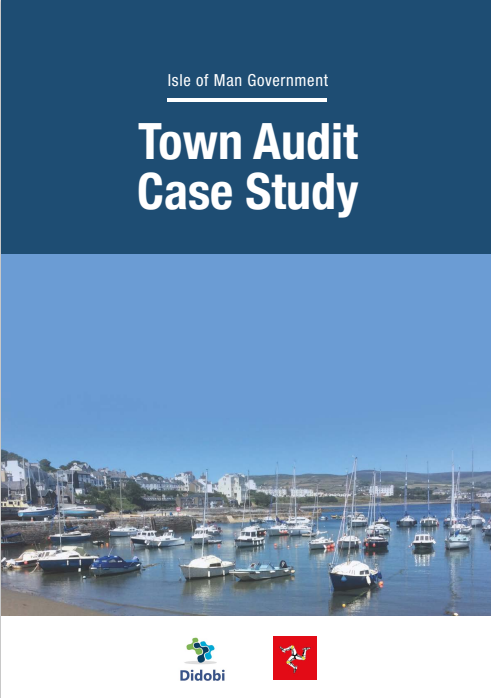
Where are we seeing the growth in F&B in terms of location type? (Part 3 F&B Market Series)
Closer analysis of the fastest growing fasciae within the F&B market shows shopping centres as a key growth area. For example, the top 30 fasciae have increased their presence in shopping centres by +170 units. Of these, the top 10 have the lion’s share with an increase of +109 units. High streets have seen little change and for retail parks there has been a marginal increase with the likes of Costa and Krispy Kreme opening more than 20 units each. The one standout growth fascia on the high street is Costa who have added another +26 units.
On average, town centres have seen a 2.8% increase in their Leisure offer in the last three years, which illustrates the structural changes taking place and the role town centres have in the customer journey. The continued increase in Leisure occupation of town centres is clearly illustrated in Figure 1, where the 2014 to 2017 variance in the percentage of leisure offer has increased and broadened, but the general trajectory increase is ahead of that in 2014.
Figure 1: Classification mix (% of units occupied by leisure brands) within GB town centres (excluding Central London, 2014 vs. 2017 (Source: LDC)
Locations which are outside of the main retail areas of high streets, shopping centres and retail parks have seen significant growth. These areas include service stations, transport hubs and standalone locations. Here, Subway has led the charge with over 100 new units along with Costa, Domino’s Pizza, Hungry Horse and Starbucks who have all opened more than 20 new units each in the last 12 months. Retail parks and shopping centres dominate the top locations with the largest net increase/decrease in leisure offer. However, this is due to the fact that there are generally fewer leisure brands taking space in retail parks compared to town centres.
Figure 2. Top 10 shopping centres, retail parks and town centres across GB with the largest net increase in Leisure % between June 2014 and June 2017 (Source: LDC)
In terms of closures, the fascia that stands out, (and has closed nine units in shopping centres) is KFC, with Costa, Greene King and Domino’s Pizza all opening 20 or more units each in shopping centres.
Figure 3. Top 10 shopping centres, retail parks and town centres across GB with the largest net decrease in Leisure % between June 2014 and June 2017 (Source: LDC)
Figure 4. GB Town centres leisure mix (by % of total units) excluding Central London, June 2017 (Source: LDC)
Figure 5. GB shopping centres leisure mix (by % of total units), June 2017 (Source: LDC)
Figure 6. GB retail/leisure parks leisure mix (by % of total units), June 2017 (Source: LDC)
Leisure mix of towns in different GB regions as a percentage of total units
Figure 7. East Midlands towns leisure offer (% of total units), June 2017 (Source: LDC)
Figure 8. East of England towns leisure offer (% of total units), June 2017 (Source: LDC)
Figure 9. Greater London towns leisure offer (% of total units) excluding Central London, June 2017 (Source: LDC)
Figure 10. North East towns leisure offer (% of total units), June 2017 (Source: LDC)
Figure 12. South East towns leisure offer (% of total units), June 2017 (Source: LDC)
Figure 13. South West towns leisure offer (% of total units), June 2017 (Source: LDC)
Figure 14. West Midlands towns leisure offer (% of total units), June 2017 (Source: LDC)
Figure 15. Yorkshire and the Humber towns leisure offer (% of total units), June 2017 (Source: LDC)
Figure 16. Scottish major centres leisure offer (% of total units), June 2017 (Source: LDC)
Figure 17. Welsh towns leisure offer (% of total units), June 2017 (Source: LDC)
As Figures 3 to 17 illustrate, the concentration of Leisure units (F&B, Entertainment and Accommodation) varies massively amongst towns as well as shopping centres and retail parks. For example, the variance in the percentage of total stock occupied by Leisure brands is from under 10% to over 50%. Chain F&B operators have lower churn rates at c.11% versus the overall average of 20%; but, as the data shows, there is a race for certain locations – especially transport hubs as operators see the opportunity to drive sales through necessary journeys.
Service stations are also now locations that are increasingly promising. All car owners have to fill their car with fuel and this, combined with the fact that the number of cars has increased in the UK from 27.2 million in 2000 to 31.7 million in 2016 reveals a key area for growth. With a 20% churn rate and over 20,000 F&B businesses opening and/or closing each year across Great Britain, understanding who, where and to what level is critical insight – be you an F&B operator, landlord, investor or council. In fact, if I was any type of retailer I would want to know this, as ultimately where we go is being driven by convenience or attractiveness as a retail ‘destination’. Therefore you need to know which of these features is most appropriate for your brand, and how to create or maintain your status as such to stay relevant and in business.






















Leave a comment: